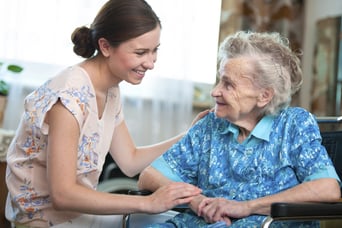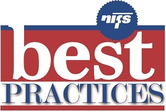 Time is our most precious, valuable, non-renewable resource. And we’re all running out of it. Being effective with time isn’t a one-time event. It’s a lifelong practice. It’s something we need to keep revisiting and revising. Because as we enter different seasons and stages of life, our goals and priorities change! It’s time to get clear on how to spend your time. All it takes are these simple steps.
Time is our most precious, valuable, non-renewable resource. And we’re all running out of it. Being effective with time isn’t a one-time event. It’s a lifelong practice. It’s something we need to keep revisiting and revising. Because as we enter different seasons and stages of life, our goals and priorities change! It’s time to get clear on how to spend your time. All it takes are these simple steps.
FIRST, NOTICE HOW YOU THINK AND TALK ABOUT TIME.
Pay attention to your negative and limiting beliefs around the concept of time. The next time you catch yourself saying anything negative about your relationship with time, stop and face that negative thought or belief. Then immediately REPLACE it with the opposite, positive thought or belief.
SECOND, YOU NEED TO BE CLEAR ON THE VALUE OF YOUR TIME.
What activities eat up your time, but aren’t bringing you the results or joy that you want? What distractions or interruptions keep you from focusing on what matters most? What’s the one action step you can take right now to let that thing go?
When you repeatedly prioritize the comfort of others and put your own needs on the backburner, it creates a cycle of overwhelm and exhaustion. Whether you strive to avoid conflict, appearing rude, or burning bridges, saying no isn’t always easy. But it is a message that can be delivered with compassion and love. You have the right to say no – without feeling guilty. Saying no is an act of kindness to yourself, as well as the people around you.
Here are a few ways to say no.
- “Thanks for thinking of me for _________ but I’m not able to accept given my other commitments.”
- “Thank you for your kind offer. While it’s not something I choose to pursue, please know how honored I am to be asked.”
- “I have to pass on this one. I’ve been burning the candle at both ends and promised myself I wouldn’t take on one more commitment until I’ve had the chance to rest and get my energy back on track.”
FINALLY, DECIDE WHAT MATTERS MOST.
What’s your single most important goal or project at this stage and season of your life? Write down the #1 project that if you focused on it and got it done, you know it would make an extraordinary difference in your life. What would it be worth to you to cross that finish line?
Remember, we’re all adapting to new routines. Now is the perfect time to take a good look at your priority list. Examine your daily habits. Give yourself permission to observe and reflect. The goal is to make sure that everything you’re committing to still makes sense for your life now and moving forward.


.jpg?width=368&name=GettyImages-1047684930%20(1).jpg) When it comes to programming options in senior living, NIFS understands that communities strive to create a memorable experience for residents and their families all year long, which is why we are excited to bring clients the NIFS Legacy program. This is a simple one, but with a memorable result. We are inviting each resident to participate by handwriting answers to simple life questions and to have their photo taken to create a nostalgic piece that will then be transformed into a keepsake for the resident to share with their family.
When it comes to programming options in senior living, NIFS understands that communities strive to create a memorable experience for residents and their families all year long, which is why we are excited to bring clients the NIFS Legacy program. This is a simple one, but with a memorable result. We are inviting each resident to participate by handwriting answers to simple life questions and to have their photo taken to create a nostalgic piece that will then be transformed into a keepsake for the resident to share with their family.
.jpg?width=501&name=GettyImages-1138813719%20(1).jpg) If you’re looking to improve the overall happiness and well-being of your residents—and even yourself—try taking your offerings outside of the fitness center and straight into nature!
If you’re looking to improve the overall happiness and well-being of your residents—and even yourself—try taking your offerings outside of the fitness center and straight into nature! Taking Care of Someone with Cognitive Loss
Taking Care of Someone with Cognitive Loss